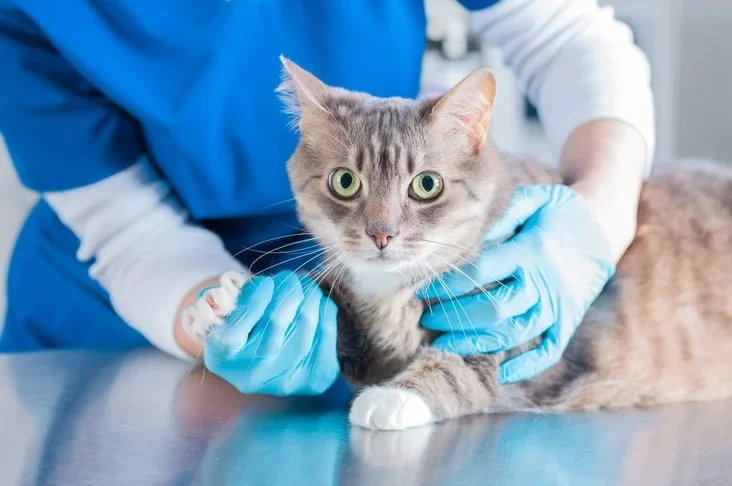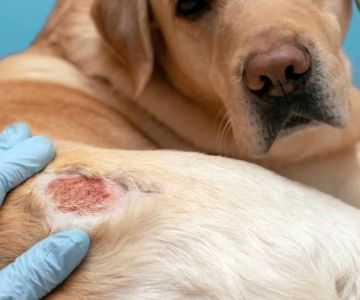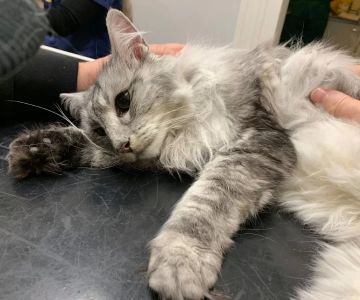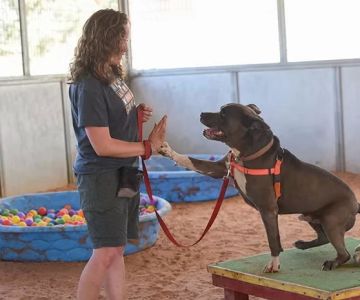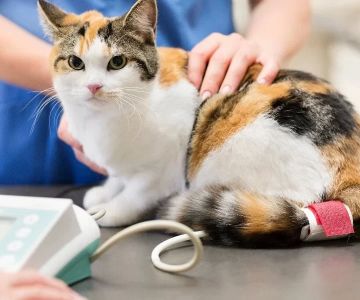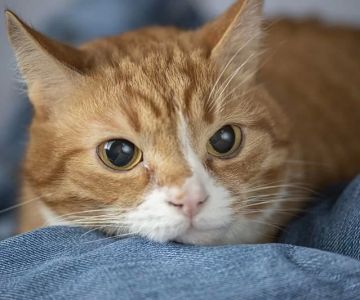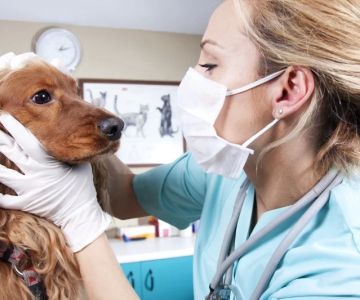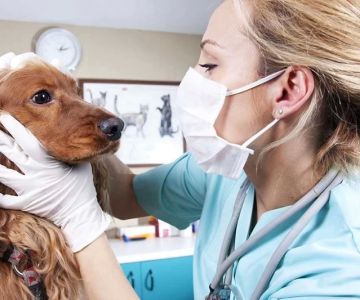- #1-what-is-feline-cardiomyopathy-and-why-it-matters
- #2-early-warning-signs-of-cardiomyopathy-in-cats
- #3-diagnostic-approaches-for-identifying-heart-disease
- #4-real-stories-of-cats-diagnosed-with-heart-conditions
- #5-treatment-options-for-feline-cardiomyopathy
- #6-lifestyle-and-care-adjustments-for-cats-with-heart-disease
- #7-how-hidden-brook-veterinary-supports-cat-heart-health
1. What Is Feline Cardiomyopathy and Why It Matters
How to Recognize and Treat Pet Feline Cardiomyopathy starts with understanding the condition itself. Feline cardiomyopathy is a disease of the heart muscle that makes it harder for the heart to pump blood effectively. It is one of the most common heart conditions in cats, with hypertrophic cardiomyopathy being the most frequently diagnosed form.
The Hidden Threat
What makes feline cardiomyopathy particularly concerning is its silent progression. Many cats show no symptoms until the disease has advanced significantly, making awareness critical for pet owners.
2. Early Warning Signs of Cardiomyopathy in Cats
Recognizing heart problems in cats can be challenging, as symptoms are often subtle. However, there are warning signs that owners should never ignore.
Common Symptoms
Labored breathing, sudden lethargy, loss of appetite, and fainting spells can indicate underlying heart issues. In some cases, cats may also display rapid breathing while at rest.
Why Timing Matters
Prompt recognition of these symptoms allows for early veterinary intervention, which can dramatically improve the prognosis.
3. Diagnostic Approaches for Identifying Heart Disease
Veterinarians use a variety of diagnostic tools to confirm feline cardiomyopathy. Physical exams are often followed by specialized imaging and laboratory tests.
Key Diagnostic Tools
Echocardiograms, X-rays, and electrocardiograms are essential in identifying structural abnormalities in the heart. Blood tests can also measure biomarkers that point to heart strain.
Professional Insight
These diagnostic approaches ensure accuracy and guide treatment decisions tailored to each cat’s condition.
4. Real Stories of Cats Diagnosed with Heart Conditions
Consider the case of Luna, a five-year-old Maine Coon diagnosed with hypertrophic cardiomyopathy after her owner noticed unusual breathing patterns. Early detection and medication gave Luna a better quality of life. Another cat, Jasper, survived a dangerous clotting complication thanks to immediate veterinary care.
Why Stories Matter
These real-life examples remind owners that attentive observation and quick action can make all the difference in a cat’s survival and comfort.
5. Treatment Options for Feline Cardiomyopathy
Treatment for feline cardiomyopathy focuses on managing symptoms and preventing complications. While there is no cure, medical care can help extend a cat’s life and improve comfort.
Medication and Management
Beta-blockers, ACE inhibitors, and diuretics are commonly prescribed to reduce heart strain and control fluid buildup. In cases with clotting risks, anticoagulants are also used.
Ongoing Monitoring
Regular veterinary checkups and monitoring are vital to track progression and adjust treatments as needed.
6. Lifestyle and Care Adjustments for Cats with Heart Disease
Caring for a cat with cardiomyopathy requires adjustments in daily routines. Stress reduction and a calm environment are important for heart health.
Dietary Considerations
Veterinarians may recommend diets low in sodium to reduce fluid retention and heart strain. Hydration must also be closely monitored.
Creating Comfort
Providing a quiet space and minimizing strenuous activity can help affected cats live more comfortably.

